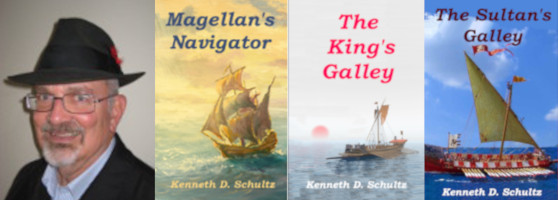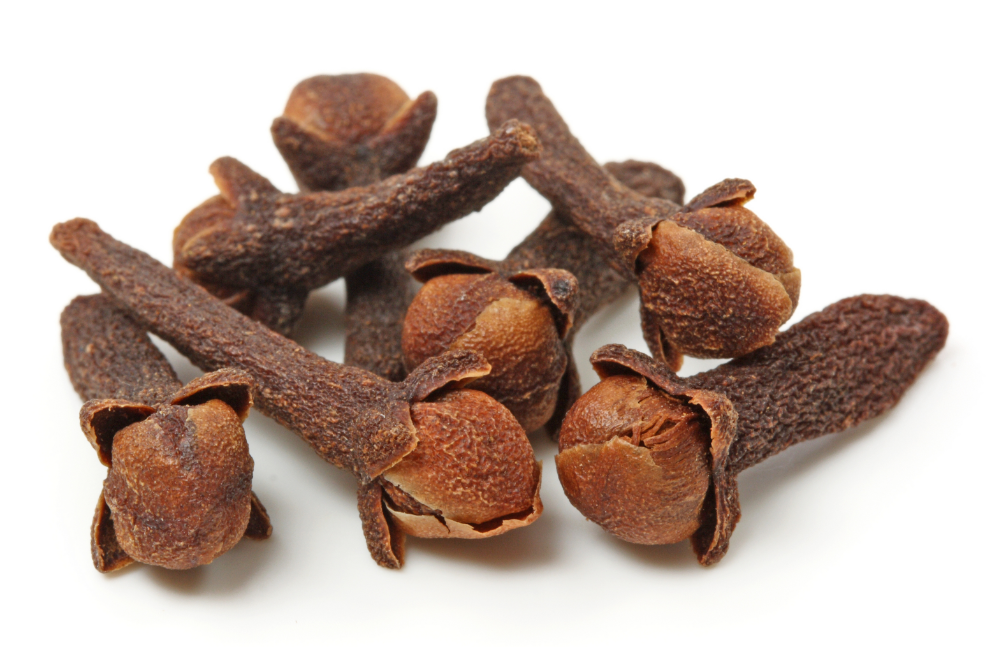Two hundred and thirty-nine* men and boys sailed on Magellan’s armada. Only eighteen returned to Spain three years later. What happened to the other two hundred twenty-one men? The short answer is that a hundred and thirty-eight of them died, while eighty-three were alive, some in Spain and some elsewhere in the world. Why the horrendous toll? The bulk of the deaths are attributable to Magellan’s failed empire building attempt in the Philippines.
First a few words on those who survived. Fifty-five men returned to Spain on a ship that defected from the fleet while it was in the Strait of Magellan. Sixteen men captured by the Portuguese returned to Spain later, while a dozen men and boys were alive elsewhere, having been either abandoned in Brunei, or jumped ship rather than hazard to chance of dying of scurvy.
What killed the others? The main causes of death were scurvy, sixty-nine men, in battle or murdered by natives, thirty men, while miscellaneous accidents and disease accounted for thirty-three more. There were also four mutineers killed or marooned, one man killed by the mutineers, one execution, and one suicide.
Scurvy was the greatest killer of men. This disease impacted the expedition on the three longest voyages of the expedition. The first of these was the crossing of the Pacific Ocean by the Trinidad, Concepcion, and Victoria. The voyage from the Strait of Magellan to Guam took one hundred days. Since scurvy usually takes ninety days to manifest itself, it is a little surprising that thirteen percent of the crew died from the transit. What caused this? Interestingly, twenty-seven percent of the men on the Victoria died of scurvy which is over twice the percentage on the Trinidad and over five times the death rate on the third ship the Concepcion.
Why was the Victoria hit so hard? The key can be found in Pigafetta’s book, where we learn the Victoria spent two weeks searching the Straits of Magellan for the San Antonio, the ship that had defected back to Spain. Meanwhile, the other two ships spent some of that time anchored in the “Bay of Sardines.” There Pigafetta says, “…we found…a very sweet herb called appio, of which there is also some of the same sort that is bitter. This herb grows near springs, and (because we had nothing else) we ate of it for several days.” Appio is believed to be a wild celery rich in vitamin C. Unfortunately, the men on the Victoria did not have the advantage of eating appio. So the San Antonio’s defection killed men in two different ways. First, it was the largest ship of the fleet. Some of its supplies were meant for the men in the other ships, who instead starved. Second, the search for it meant the men aboard the Victoria went without fresh vegetables many weeks longer than the men on the other two ships. Hence the Victoria’s much higher death rate from scurvy.
The next scurvy ridden voyage was that of the Victoria returning to Spain from the East Indies. A third of its crew died in the hundred and thirty-nine days sail. The final scurvy ridden sail was that of the Trinidad, which spent over two hundred days attempting to return to the Americas by sailing east across the Pacific Ocean. Fully sixty-one percent of its crew died of scurvy and when it returned to the Spice Islands only seven men could walk.
However, the main cause of the expedition’s high death toll was Magellan’s attempt at kingdom building in the Philippines. Six men died with him in the battle at Mactan, but the cost of his actions went far further. His death led in turn to the massacre of most the ship’s officers in the banquet in Cebu. All officers experienced in sailing Asian waters died, or were captured, at the banquet. That led to the remaining men taking months to find the Spice Islands, and the improper maintenance of the ships, which indirectly led to the Trinidad’s disastrous attempt to cross eastward over the Pacific. Of the fifty-nine men that the Victoria left behind with the Trinidad, only four ever returned to Spain. The fate of most of them was a wretched death of scurvy. The death toll of Magellan’s expedition was high, as was often the case during the Age of Exploration. However, without the San Antonio’s defection in the Strait of Magellan, the cost of scurvy from the crossing of the Pacific would likely have been far lower. Once Magellan’s men had recovered in the Philippines from the crossing of the Pacific Ocean, if he had then headed south for the Spice Islands, all three ships could have sailed the Victoria’s route back to Spain with their holds full of cloves. Scurvy would still have taken its levy, but a majority of the men would have survived to see Spain again.
*All the data comes from Appendix 3A of Tim Joyner’s Magellan, which is based upon pay records. He acknowledges that it is generally believed that 260-270 men sailed with the expedition, including men recruited in the Canary Islands. Nonetheless, it is doubtful that any of the conclusions of the above analysis would change should we know the actual data.





